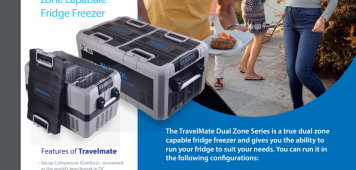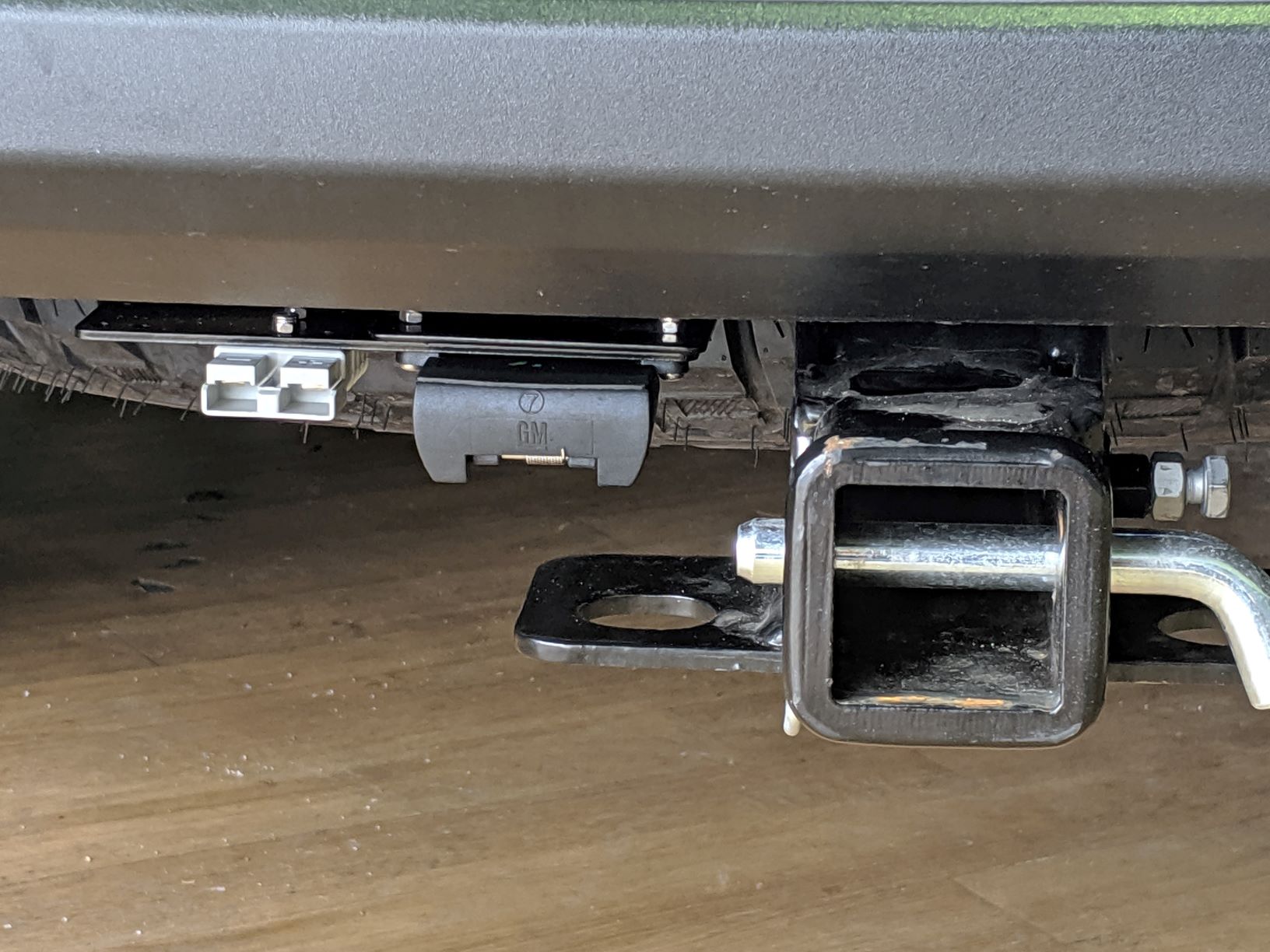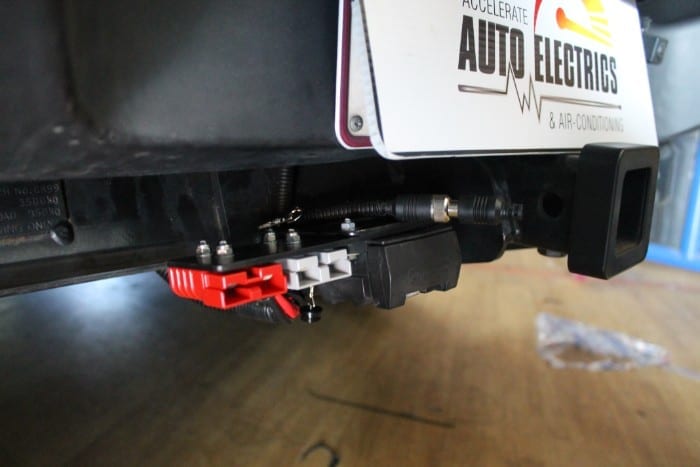Hi All,
The family have recently gone from a caravan to a camper trailer to allow us to venture to more camp sites. I'm looking for a cost effective off grid solar solution and appreciate any advice from this forum. The camper has 2 x 100Ah AGM batteries and 1000W inverter. The main draw is a fridge/freezer @ approx. 3.2 A/H plus fans, lights, water pump and phone charging.
The original thought was attaching solar to the boat rack however the more I contemplate the idea I'm moving away. The current plan is to make some folding solar arrays (2P each) so I can chase the sun without having to park the camper in the sun on warmer months. I was looking to use the below gear
Also, not sure if this is best tackled at the same time....I am told I need a DCDC charger between the anderson plug and camper battery for towing. The fridge doesnt get full power and the camper battery doesnt really charge when towing. Not sure if I should be fixing this within my solar solution - HELP PLEASE?
Thanks,
AHARRY
The family have recently gone from a caravan to a camper trailer to allow us to venture to more camp sites. I'm looking for a cost effective off grid solar solution and appreciate any advice from this forum. The camper has 2 x 100Ah AGM batteries and 1000W inverter. The main draw is a fridge/freezer @ approx. 3.2 A/H plus fans, lights, water pump and phone charging.
The original thought was attaching solar to the boat rack however the more I contemplate the idea I'm moving away. The current plan is to make some folding solar arrays (2P each) so I can chase the sun without having to park the camper in the sun on warmer months. I was looking to use the below gear
- 4 x 100W renogy panels - two 100W solar panels in series as a group and connect two groups of 200W solar panels in parallel.
- Rover 40A MPPT Controller with blue tooth module added to help monitor
- 8AWG - Cable run between panels and camper would be 20ft
- 2x 10A MC4 fuse
- 1x 40A ANL fuse
Also, not sure if this is best tackled at the same time....I am told I need a DCDC charger between the anderson plug and camper battery for towing. The fridge doesnt get full power and the camper battery doesnt really charge when towing. Not sure if I should be fixing this within my solar solution - HELP PLEASE?
Thanks,
AHARRY







